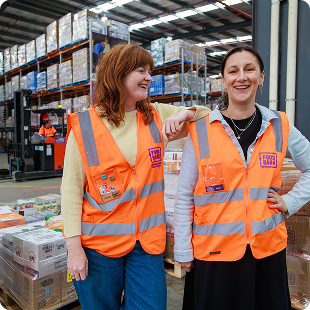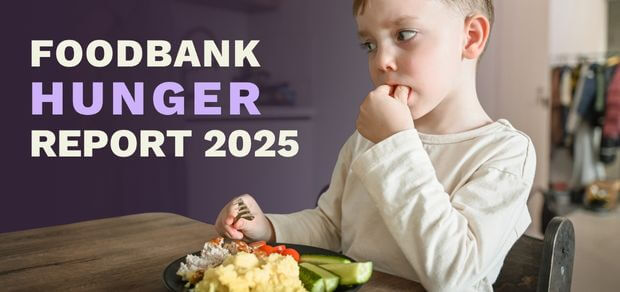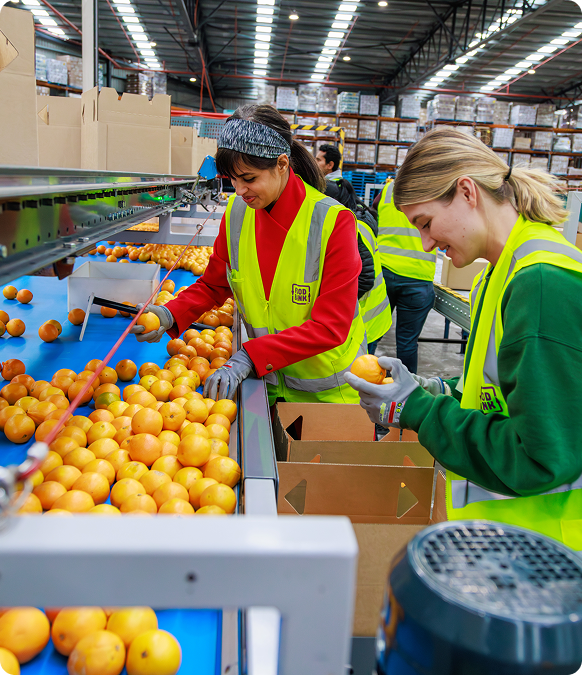Food waste in Australia
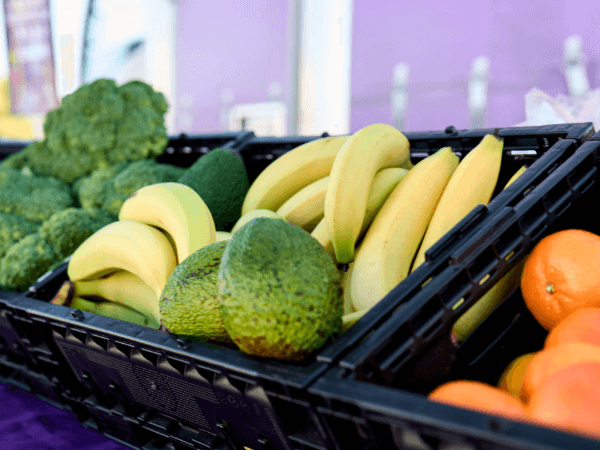
Australia produces enough food to feed the entire population three times over.
Despite this, 3.4 million households struggled to put a meal on the table in the past year.
So, what’s going on?
Australia currently creates more than 7.6 million tonnes of food waste each year – enough to fill the Melbourne Cricket Grounds nine times. This is costing the Australian economy over $36.6 billion despite 70 percent of it being perfectly edible.
Around 10 percent of global greenhouse gas emissions come from food produced but wasted. In Australia, this represents 17.5 million tonnes of CO2 each year.
What is Foodbank doing to help?
Australia is committed to the United Nations Sustainable Development Goal (12.3) to half food waste by 2030. We have a plan to help reach that goal. Foodbank’s food and grocery rescue operations saved 86.6 million kilograms of CO2 emissions in 2022. We are an active participant in Stop Food Waste Australia and the Fight Food Waste Cooperative Research Centre, which are both committed to halving food waste by 2030.
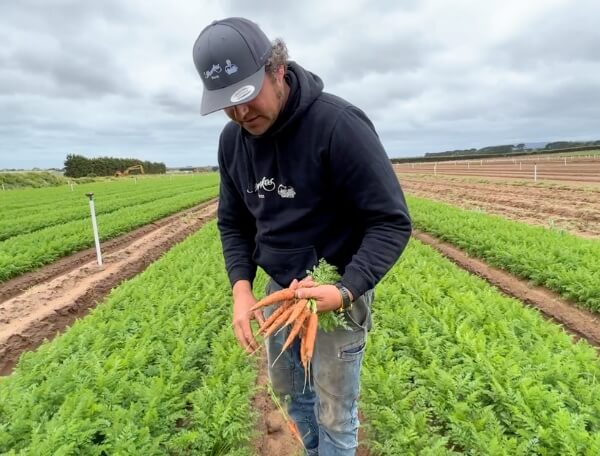
We’re advocating for a National Food Donation Tax Incentive
If implemented today, this tax incentive would save around an additional 100 million meals a year by 2030. Currently, there is little incentive for producers to not waste surplus food. This initiative aims to change that, turning food waste into food relief.
Learn moreHow can I help reduce food waste?
More than a third of Australia’s food waste is generated in the home, so we all have a part to play. We often waste food because of confusion between best-before and use-by dates or because we’re unsure whether leftovers are safe to reheat. A little bit of food-handling knowledge goes a long way! And, with the average Aussie household wasting $3,800 every year by wasting food, it’s worth the effort!
Take the quiz on how you’re saving food at home and access practical tips by visiting The Great Unwaste.
The Great Unwaste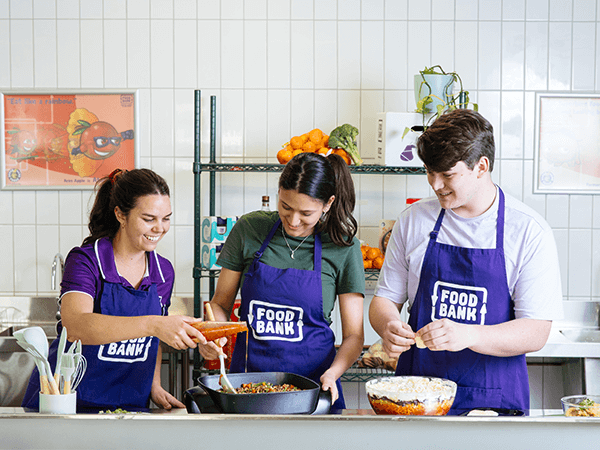
 Log in
Log in